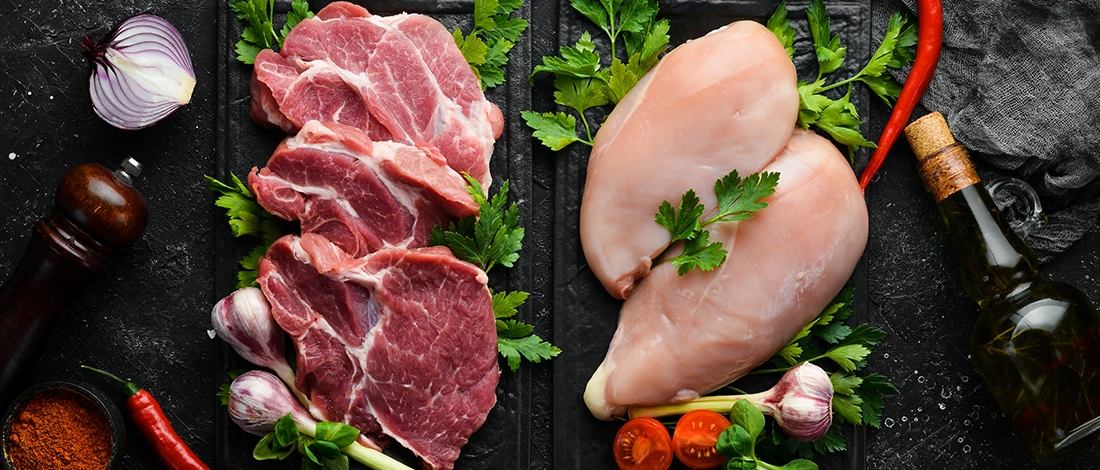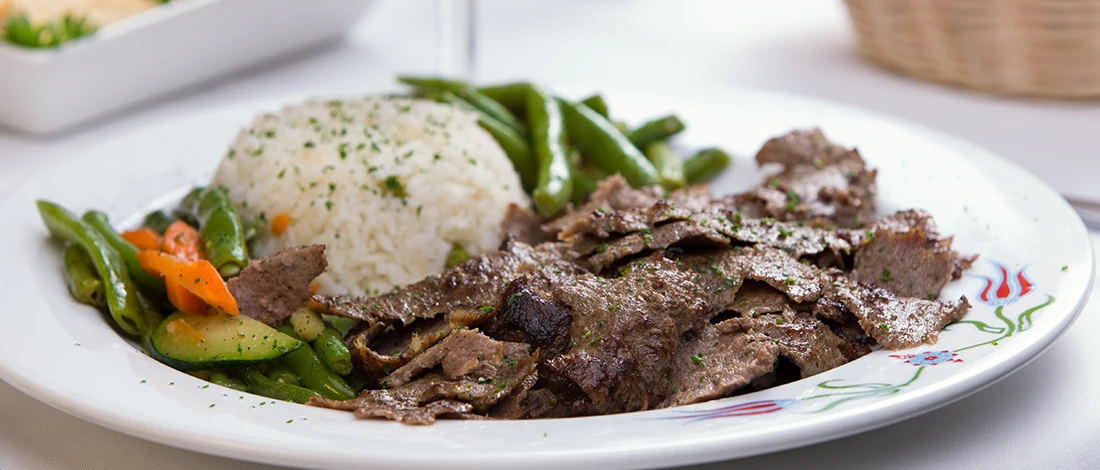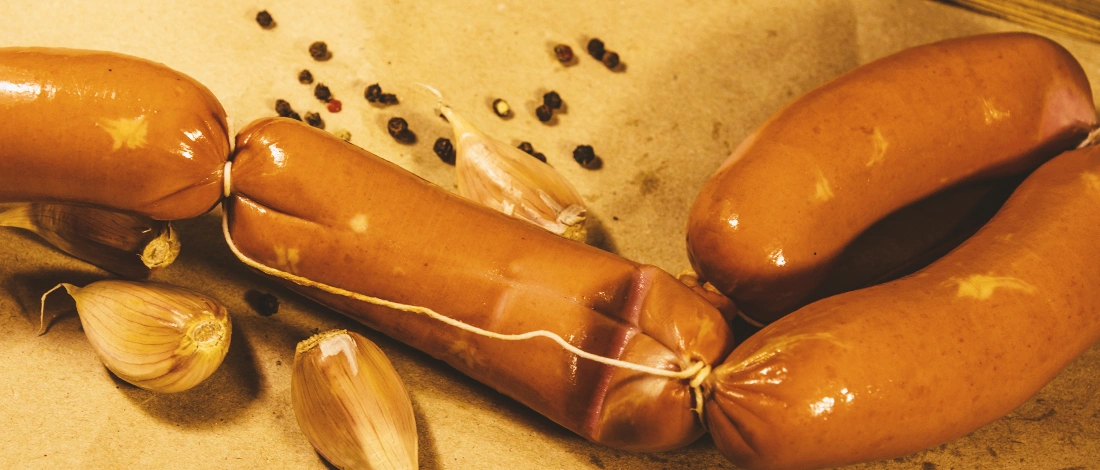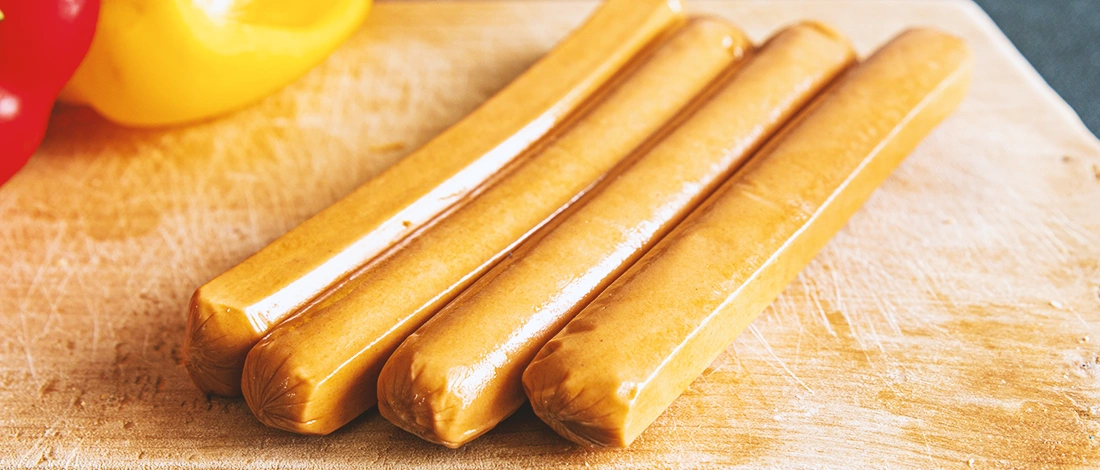As a dedicated carnivore, I love sausages because they are a protein-packed snack that completes a well-balanced breakfast meal.
Being more health-conscious in the past few years, I spent a few weeks researching pork and beef sausages to find out what each is made of, their nutritional value, and which is healthier.
Here are my findings.
Quick Summary
- Beef and pork sausages differ in their nutritional content, with beef sausages generally having more protein and fewer calories than pork sausages.
- Both types of sausages contain saturated and trans fats, with pork sausages having more saturated fat and beef sausages having more trans fat.
- When choosing sausages, it's important to consider factors like length consistency, absence of air bubbles, and the ingredients listed on the label. For beef sausages, a fat content of 15-20% is ideal.
What's in Pork Sausages?
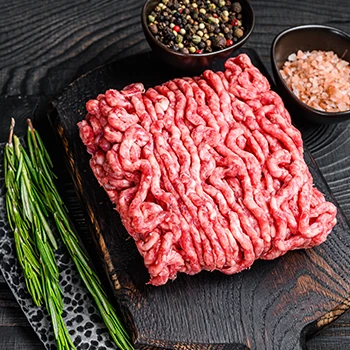
Ground pork and salt are in pork sausages. Pork sausage is created by grinding pork flesh and adding fat, salt, and other seasonings.
It's then shaped into a sausage shape before being packed either as patties or as links in a casing.
Previously, sausage casings were derived from cleansed pig intestines, but they have increasingly been supplanted with wrappers made from collagen, cellulose, or edible plastic [1].
Whether you prefer beef or pork sausage, the key to a successful dish lies in the quality of the ingredients. This is where ButcherBox comes in.
There are several varieties of pork sausage, such as:
- Kielbasa
- Bratwurst
- Italian sausage
- Andouille
- Salami
Some sausage producers use non-meat fillers and extenders made from flour, corn syrup, and processed potatoes.
These additives help to bind the water and give the sausage a tighter or more robust texture.
Plant proteins, particularly soybeans, are used as extenders for vegan sausages to increase their total mass.
When preparing my homemade pork sausages, I prefer pan frying to grilling.
I lay the sausages in a hot skillet coated with a dab of butter, then slowly cook them for 15 to 20 minutes without scorching the casing.
I believe that punching a few tiny holes in the pork with a fork enhances the flavor.
What's in Beef Sausages?
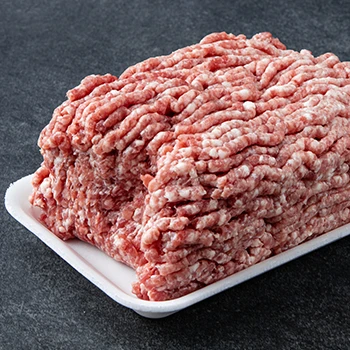
Ground beef, salt, herbs, and other seasonings are in beef sausages. The best meat cuts for beef sausages are brisket and chuck to give the best lean-to-fat ratio.
Without a binding agent, the meat in beef sausages does not mix effectively, and the sausage will lose both moisture and fat.
I found that most manufacturers use a sausage starter (water and flour mixture) to bind the meat to achieve the right sausage consistency.
But because water shortens the shelf life of food, most bulk-buy beef sausages are infused with safe preservatives to prevent bacteria development and postpone oxidation of the meat [2].
These preservatives include:
- Mineral salts
- Sulfur dioxide
- Sodium sulfite
- Potassium sulfite
Note that these additives are limited to 500mg per kilogram of sausage weight.
Furthermore, because water dilutes the natural flavor of the sausage, flavor enhancers like dextrose and hydrolyzed vegetable protein are frequently added [3].
"Butchers strive for cuts with the ideal balance of lean (70%) and fatty (30%) meats while producing sausages. When the sausages are cooked, some but not all of the fat will be fried off, leaving just enough to complement the meat without leaving it bland and crumbly."
- Nick Dagg, Expert Butcher
When preparing my beef sausages at home, I use natural sheep casings (made of cleansed tiny intestines of sheep) because I believe they're the greatest for texture and aesthetic appeal.
Natural casings are thin and transparent, enabling the meat to shine. Compared to other animal casings, I find sheep casings are simple to bite through and provide the right snap when I bite into the sausage skin.
Beef vs. Pork Sausage Nutrition Comparison

Here's a complete breakdown of beef and pork nutritional facts.
Protein
I prefer beef sausage because it has more protein than pork sausage.
With 11.98g per 100g of pork sausage and 25.93g per 100g of beef, we can see that the nutritional difference is almost 116% [4].
Calories
Beef sausage has fewer calories than pork sausage.
Because beef contains 250 kcal per 100g and pork sausage has 309 kcal per 100g, the content difference is approximately 24%.
If you're on a caloric-strict diet, beef sausages are your best option.
The majority of the calories in beef and pork sausage come from fat.
Carbohydrates
Both sausage and beef are low in carbohydrates, with sausage having 1.9g of total carbs per 100 grams and beef having none.
This is why I pair my sausages with banana oatmeal or cereal for a carbohydrate-rich breakfast.
Fats
Both beef and pork sausages have two kinds of fat:
1. Saturated Fat
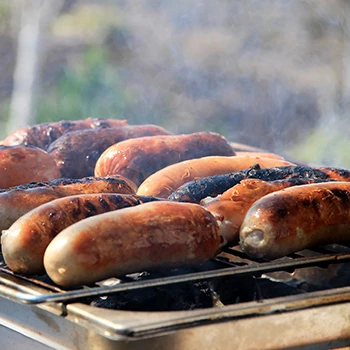
Both beef and pork sausages are rich in saturated fat.
Pork sausage has 23% more saturated fat than beef, with beef having 7.3g of saturated fat per 100 grams and sausage having 9g.
If you're on a weight loss journey, I recommend that you avoid eating sausages frequently due to the high unhealthy fat content.
2. Trans Fat
Pork sausage contains 11.1 times less trans fat than beef sausage, with beef having 1.2g of trans fat per 100 grams and sausage having 0.1g.
Minerals
Both pork and beef sausages are rich in these three minerals [5].
- Magnesium: Regarding Magnesium content, I prefer beef sausages because it has 21mg per 100g, while pork sausage of the same serving size only has 11mg.
- Phosphorus: Both beef and pork sausages are a great source of phosphorus, each having 1.2mg and 1.1mg per 100mg, respectively.
- Potassium: Pork sausage is a better choice for potassium because it has 483mg per 100g.
On the other hand, beef sausage has 318mg of the same.
Tips for Choosing The Right Sausage

Here are my top tips for buying the right pork or beef sausage.
Pork Sausages
- Always look for consistent length sausages because this is a good indicator of good quality sausage. An even length shows the sausages have an equal meat density distribution.
- If you notice some air bubbles underneath the sausage casing, do not buy. That shows mishandling during preparation, and the sausages will not cook well.
- Ensure you read the manufacturer's label and know all the ingredients and additives. This is crucial if you're allergic to any ingredients in pork sausages.
Beef Sausages
- Buy fresh, frozen, or refrigerated beef sausage that's soft and pinkish.
- When buying beef sausages, read the label and go with the one with 15-20% fat content. This is perfect for ensuring your cooked sausages will be crispy on the outside with a moist inside but not fatty altogether.
- I always buy sausages made from natural casings because they crisp up nicely and transfer heat evenly inside the sausage. Artificial casings like collagen are prone to splitting when exposed to high heat.
- Ensure your fresh sausages are not overstuffed because once the meat settles and you cook, the excess meat will pop out from the ends, preventing your sausages from crisping up.
Related Articles:
FAQs
Which is Healthier, Beef or Pork Sausage?
Beef sausage is healthier than pork sausage as it has lower total fat content than pork sausage.
How Do You Differentiate Fresh Pork From Fresh Beef Sausage?
You can differentiate fresh pork from fresh beef sausage by the color. When cooked, fresh pork turns light brown, while fresh beef is a bit reddish.
Is McDonald's Sausage Beef or Pork?
Mcdonald's sausage is pork.
References:
- https://meatscience.org/TheMeatWeEat/topics/processed-meats/article/2015/07/24/
- https://www.mdpi.com/2311-5637/8/3/106/pdf
- https://www.ncbi.nlm.nih.gov/pmc/articles/PMC6949330/
- https://www.calories.info/food/sausage
- https://www.nutritionvalue.org/Pork_and_beef_sausage_25221460_nutritional_value.html



